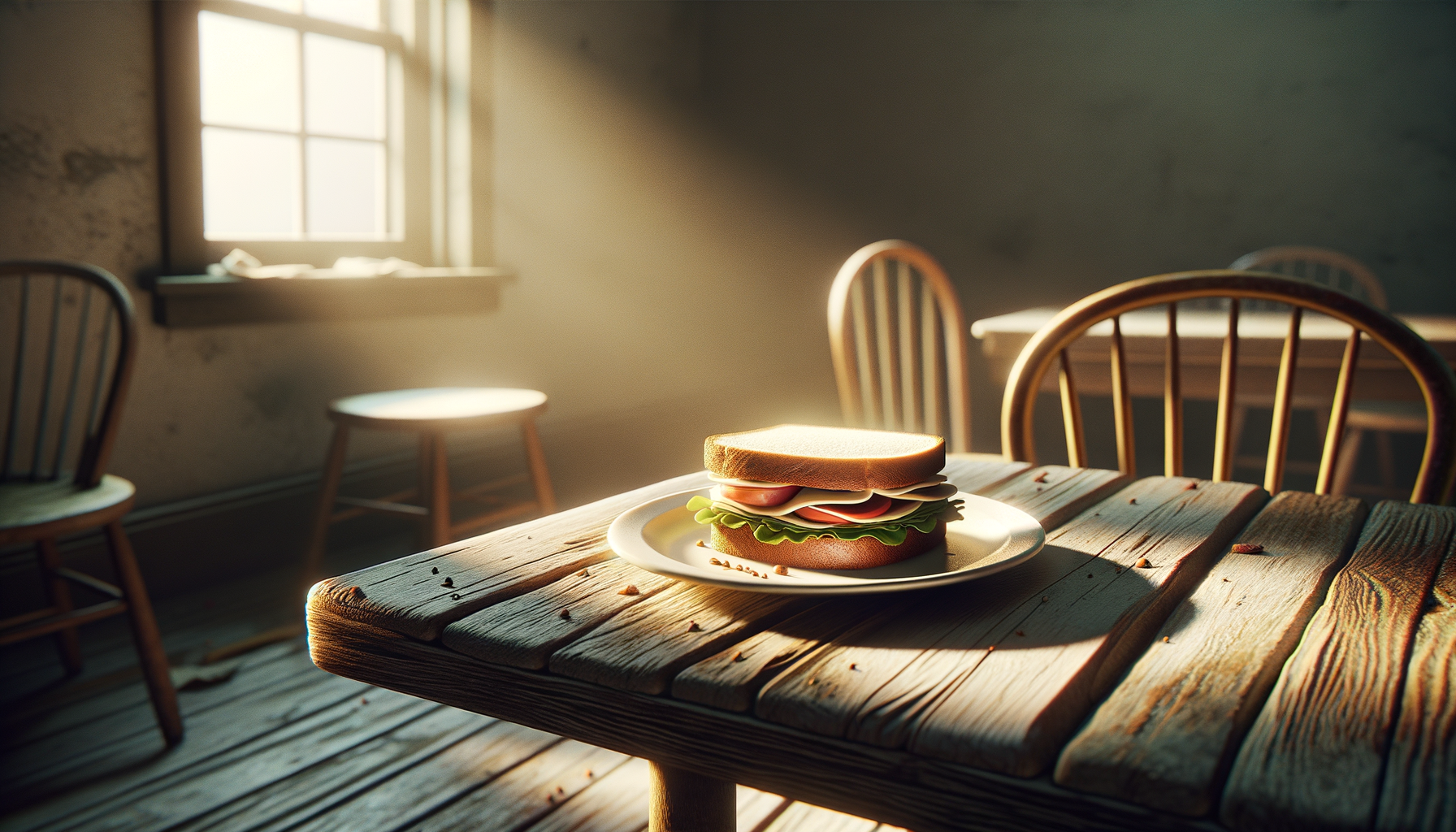I was 24 years old the first time I truly felt seen. Which, to be frank, is kind of appalling when I type it out like that—two decades plus some change is a long time to live without really being recognized for who you are. It wasn’t that I didn’t have people in my corner, or that I’d been floating through life like the misunderstood protagonist of an indie movie, wearing oversized headphones and sighing dramatically into a rainy window. No, I wasn’t invisible. But feeling seen is different.
Feeling seen is someone reading the subtext that even you didn’t know you were telegraphing. It’s locking eyes with someone and realizing they aren’t just peeking into your world—they’re pulling up a chair, leaning in, and saying, “Yeah, I get it. I see you.”
My moment happened in—wait for it—a Home Depot.
Aisle 34: Emotional Vulnerability (Next to Plumbing Supplies)
I’d gone to the Home Depot with my then-boyfriend because, in my mind, weekends were for errands, and errands were an inherently cooperative activity. He disagreed. Our relationship was already showing hairline fractures, most of them stemming from the fact that I thought love meant joint projects, and he thought love meant leaving each other alone. Spoiler: These are not complementary love languages.
Anyway, we needed paint. He took one lap through the paint chips, grabbed a random shade of beige, and was ready to bounce. I, on the other hand, wanted input. I’m not Martha Stewart—I didn’t need a 12-step Pantone analysis—but I wanted someone to be excited. To weigh in. To take the tiniest bit of pleasure in this tiny act of nesting.
Instead, what I got was this gem: “Why does it matter? It’s just a wall.”
It’s just a wall. Reader, I could have leveled the drywall with my glare alone.
But before I could launch into a well-reasoned TED Talk about how nothing is “just” anything—how walls are, in fact, metaphors for safety, creativity, identity—a voice piped up.
“Actually, it matters a lot,” said a random man holding a roll of painter’s tape. “Your color says something about who you are. And not to be dramatic, but, like, it also affects your mental health.”
I turned. So did my boyfriend. And there, in the glow of fluorescent lighting, stood Painter’s Tape Guy. He wasn’t flirting or trying to start drama; he’d simply felt compelled to weigh in—to acknowledge what I’d so desperately needed in that moment: that this stupid half-hour debate over paint chips wasn’t a frivolous argument about taupe. It was about autonomy. About partnership. About being seen.
He wandered off down the aisle after that, but his words stayed with me.
Recognition vs. Validation: Know the Difference
That moment in Home Depot cracked something open for me. I’d spent years conflating recognition with validation, thinking they were one and the same. Spoiler: They aren’t.
Validation is nice and necessary—it feels good to have someone say, “Hey, you’re doing great,” or “Wow, killer playlist.” Recognition, though, is rarer and infinitely more meaningful. Recognition is someone seeing not the thing you’re doing, but the why behind it.
This is why your best friend notices when the Spotify playlist you're blasting has veered dramatically into Fiona Apple territory and knows to bring over takeout without asking. It’s why the right partner doesn’t just laugh at your bad jokes but understands what it means to you when they do. It’s why my mom, halfway across the world during my semester in Barcelona, sent me a postcard that simply said, “You don’t have to make friends with everyone—just find the right ones.” It was exactly what I’d been struggling with, and she knew.
Recognition is someone catching sight of your invisible wiring, your unspoken “why.” And once you’ve felt that, it’s impossible to settle for anything less.
How to Cultivate Big “Seen” Energy in Your Life
If you’re reading this and thinking, “Wow, I don’t know if I’ve ever felt seen,” let me be clear—it’s not a failure on your part. Feeling seen isn’t something you make happen; it’s like stumbling across the perfect avocado at the grocery store. You don’t control it, but you can create the conditions for it. Here are a few ways to do just that:
-
Speak Your Subtext
Sometimes we’re so desperate to be understood without having to spell things out that we make it nearly impossible for others to even try. Instead of waiting for someone to read between the lines, offer up some of that invisible text you’ve been keeping close to the chest. Vulnerability is scary but necessary. -
Check Your Inner Circle
Not everyone in your life is going to see you, but the people who matter—the ones who get a front-row seat to your emotional orchestra—should at least try. Practice intentionality about who you spend your energy on, and remember: We don’t give out wristbands for baseline decency. -
Recognize Others, Too
Feeling seen is a two-way street. Be the kind of person who pays attention to the “why” behind someone’s actions. Did your partner make you breakfast? Great. But did they use the jelly you love even though they hate the smell of it? Now that’s the good stuff. Point it out, say thank you, and watch the cycle of recognition grow.
Paint Chips and the Bigger Picture
The fallout with Mr. “It’s Just a Wall” happened shortly after. By then, the cracks had become irreparable, and neither of us had the tools (or frankly, the interest) to patch them. But instead of coming away from that breakup feeling humiliated or hopeless, I felt lighter. I knew what to look for.
I still think about Painter’s Tape Guy sometimes—not in the romantic sense, but as one of those brief, serendipitous moments when a random stranger catches a truth you’ve barely begun to articulate to yourself. A moment when you realize that the ability to recognize and be recognized is, perhaps, what we’re all chasing in every human interaction.
So, yeah, I guess you could say that aisle 34 was my first big “I see you” moment. A random encounter in a vast maze of lumber and linoleum, proof that recognition can come from the most unexpected places.
And if the best paint for emotional walls happens to come in Sherwin-Williams Eggshell, then hey, that’s just a bonus.




















